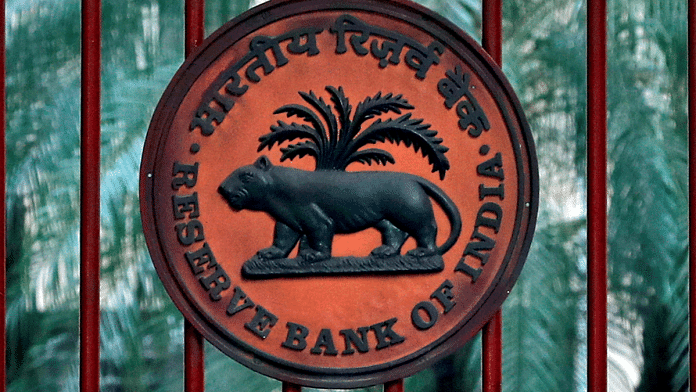
Thank you dear subscribers, we are overwhelmed with your response.
Your Turn is a unique section from ThePrint featuring points of view from its subscribers. If you are a subscriber, have a point of view, please send it to us. If not, do subscribe here: https://theprint.in/
Post Covid-19 lockdown, the government declined interest rates to enhance demand, resulting in a high amount of borrowing and liquidity in the market. The repercussion was high inflation. Since then, the Fed is hiking interest rates to moderate that inflation in order to bring the economy back to its natural level. However, economists and market analysts predicted the central bank’s fight against inflation may imply a hard economic landing causing financial distress shortly. But isn’t it the process to stabilize the global economy? Can this create investment opportunities in the future?
On what basis the forthcoming recession is predicted? And how it all started? First, quantitative easing where central banks of various countries reduced reserve requirements and interest rates to increase lending that encouraged business activities in the market. Due to businesses were yet to cope with losses during lockdowns, the negative supply effect in the economy was inevitable. On top of that, excessively easy monetary, fiscal, and credit policies implied price growth to surge indicating a stagflationary environment, the GDP growth was reported lower in a decade which consequently reduced the number of jobs in the market. Secondly, the Russia-Ukraine war interrupted the energy and commodity market worldwide with the shockwaves of inclining oil and commodity prices. Despite being one of the largest global exporters of crude oil after Saudi Arabia, many countries declined oil imports from Russia when the invasion happened. The supply chain disturbance along with the trade restrictions around the world entirely created a trend of deglobalization which also added a challenge to the export-driven economy of China. The zero-covid policy of shutting down the main industrial cities in China disrupted the country’s industrial growth. Along with that, the new government policy of providing fresh lending to real estate developers already in high debt has resulted in a property market crisis which has majorly contributed to the current slowdown of the second largest economy of the world — China.
THE IMPACT
All the biggest economies of the world — the US, Europe, and China, are struggling with constant inflation and the supply side issue simultaneously leading to global economic deceleration. Furthermore, the rising input cost is cutting down the profit margins among businesses globally leading them to downsize their production. Hence, the firms freeze new hires and lower the supply to cut down on their cost in order to stay stabilized in the impending recessionary environment. Considering the situation since the pandemic, global growth is plateauing as the record high inflation is not much affected even after the fed spiked rates several times.
What’s happening with the domestic economy?
The major reason for the slowdown specifically in India is the rising crude oil prices as a result of the Russia-Ukraine invasion which also increased the prices of fertilizers and impacted predominantly the agricultural economy of India. On account of the global slowdown, reducing the wheat and rice exports to subsequently benefit the Indian farmers spiked the consumer food prices making the retail inflation, as measured by CPI reported at more than 8% this month. However, the falling commodity prices as a result of declining exports in China have lately reduced the WPI inflation in India proving the China slowdown to be beneficial to the country. On the other side, the core inflation in the country seems to be troublesome at a level of approximately 7% (As per IMF – https://www.imf.org/en/Countries/IND and Reserve Bank of India – https://www.rbi.org.in/Scripts/BS_PressReleaseDisplay.aspx?prid=54236 ) which is extremely high to bring down in the near future. Core inflation excludes the volatility of food and energy prices; therefore, it is predominantly a stabilized figure and takes a much longer time to change. Hence, a further rise in interest rates for some period can be expected as inflation has not yet come down at the required level. Along with that, the free fall of the rupee after the level of USD 81 decreased the domestic purchasing power continuously despite the central bank buying the foreign reserves.
The fact that the global economy is at a stage of being contracted because of the Fed rate hikes will alleviate the borrowings which may eventually bring down the prices drastically. In addition to that, the surging US dollar is especially weakening the growth of emerging economies and enforcing the cost of living crises which may make the situation worse in the future. On the contrary, the banks are globally turning profitable and report high valuations because of the economic contraction from rising rates and the good part is that the contraction effect probably implies businesses report lower valuations presenting a prospective opportunity to equity investors.
Bhavya is a CFA Level 2 candidate. Views are personal and do not represent the stand of this publication.
These pieces are being published as they have been received – they have not been edited/fact-checked by ThePrint.

COMMENTS